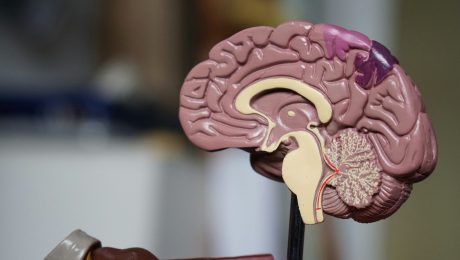How does an accountant and information technology auditor, who spent over 20 years engaged in audit-related work for both professional service firms and significant companies across various industries, end up becoming an instructional designer?
For that matter – what is an instructional designer, or as many refer to the role, an ID?
That last question is a great one, because that’s what I wanted to know before deciding to change my career several years ago.
Instructional designers (IDs) shape learning experiences. They take a learning challenge and determine the best way to approach it so the target learning group can achieve the desired outcomes. They aren’t necessarily teachers (although many have done that in their career!), or experts in a field. What they excel at is taking content focused on a topic area and shaping it into a digestible format that can be easily learned.

Successful IDs are highly proficient in:
- Analytical Thinking. Every learning challenge requires instructional designers to analyze both the needs of the organization and the learner, determine what knowledge or skills gaps exist, and then use that information to design a learning program that will result in consistent results.
- Creativity. Engaging learners is key to cementing new concepts or building new skills. IDs must identify fresh, new ways to present information, or create relevant scenarios and activities that allow learners to practice new skills.
- Adaptability. Every learner has individual needs, and every learning environment is different. Think about how COVID turned our world upside down. Being able to quickly adapt instructor-led content from an in-person environment to a virtual one was critical to meet the needs of learners. With every new project, IDs need to adapt to learner’s needs and the unique tone and voice of each organization they create courses for, to ensure they have the desired impact.
- Communication. Being able to synthesize complex information and then convey it to learners in a way they can clearly understand takes strong communication skills. In addition to the content matter itself, IDs need to clearly convey learning objectives, instructions and feedback all in a manner that can be easily understood by learners and stakeholders alike.
- Collaboration. IDs don’t work in a silo. They work with client stakeholders to determine the organizational objectives and determine the right learning objectives for the program, subject matter experts who provide guidance on the completeness and accuracy of the content included within a course, and designers/developers who can transform a vision into a fully functional course. Being able to easily work with each group is critical to a successful project.

So…back to the question, why as a long-time accountant and information technology auditor, did I decide to shift my career to instructional design? It started with a passion to help my team members grow professionally. As a senior audit manager, I viewed every file review as an opportunity to help my auditors grow and learn. Rather than just pointing out what needed correcting, I tried to explain why, so they would know for the next time. Through instructional design, I could shape many more minds – and that appealed to me. After spending time as an ID and exploring learning theory, I realized that I had unknowingly been applying learning theory all along.
Now, I also realize that many of the characteristics that made me a good internal auditor, also applied to my instructional design career. I already possessed all five of the characteristics of successful instructional designers – I was just applying them differently.
Since making the move to instructional design, my role has shifted from individual contributor to leader. Now, I lead an exceptionally talented team of instructional designers, visual designers, and skilled developers. Together, we build amazing learning experiences for clients with all kinds of learning challenges. I love what I do, and how I got here. Many of our clients are professional services firms or large corporations, and my career background provides them with someone who understands their business, while my more recent instructional design experience allows me to recommend the best learning solution to help them accomplish their business objectives.
Do you have a learning challenge that Smartfirm can help you with? Reach out to me and I’d love to discuss your needs and how we might be able to help you achieve them.



